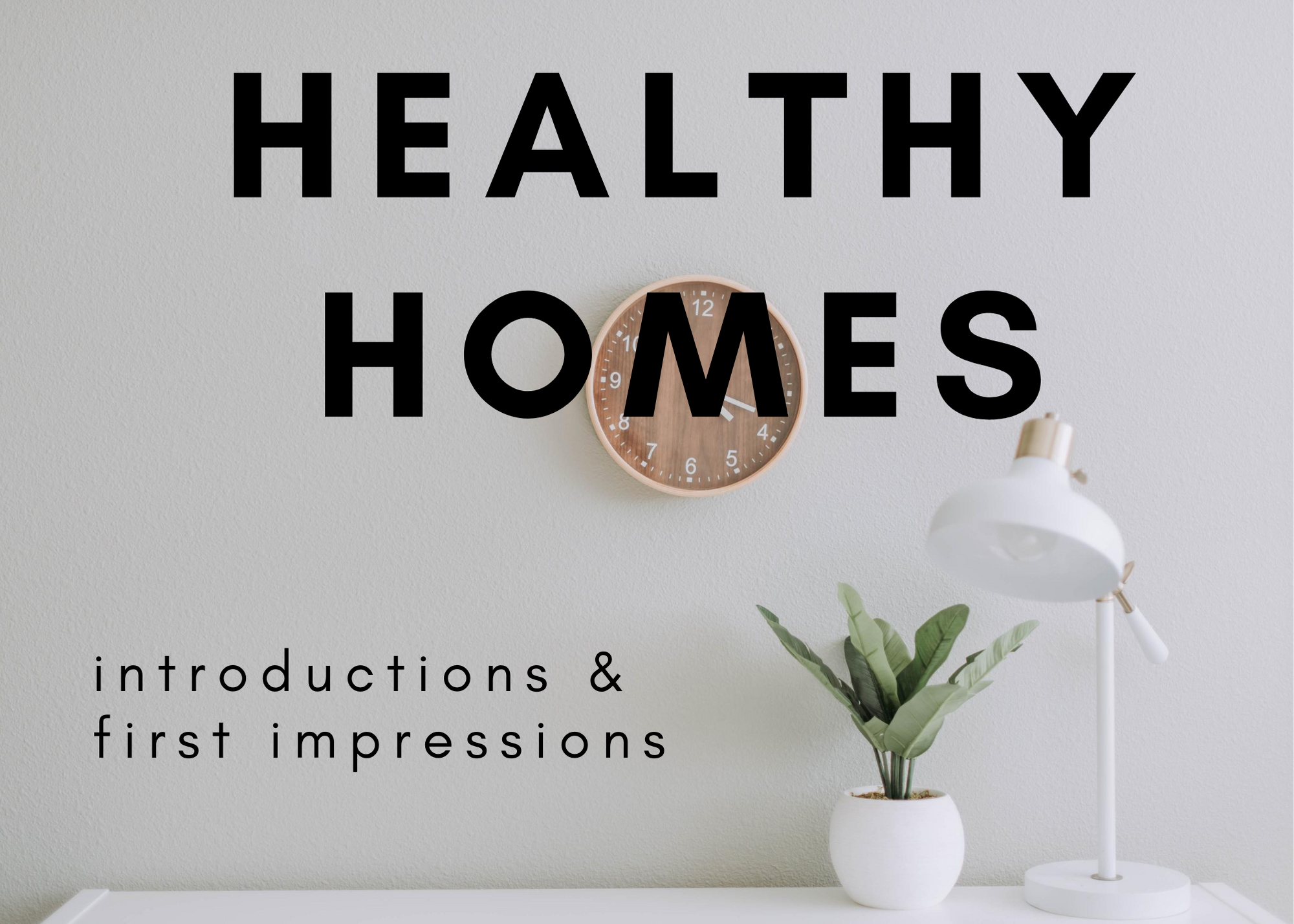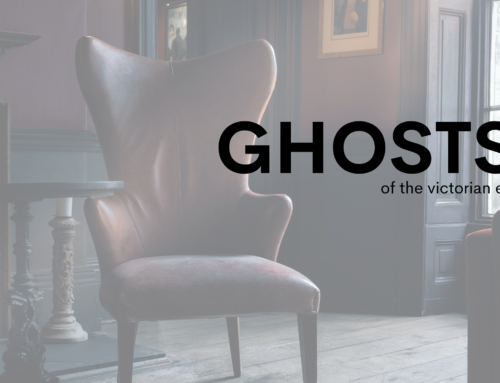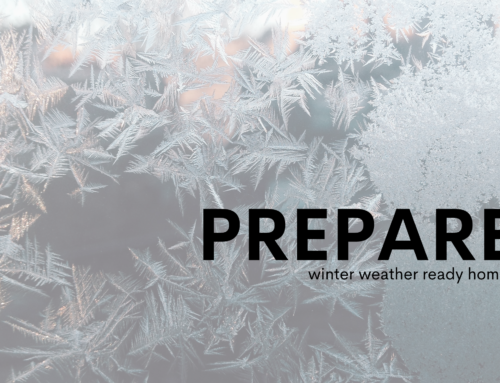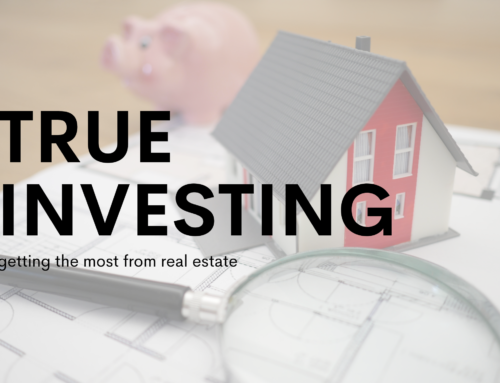If you haven’t heard of the term “healthy home”, you may soon! There have been studies done that show as a consumer, we aren’t sure what a healthy home is and everyone has their own idea what it should look like. We’re here to shed some light on what we see becoming a trend, especially in the years after Covid.
So what IS a healthy home?
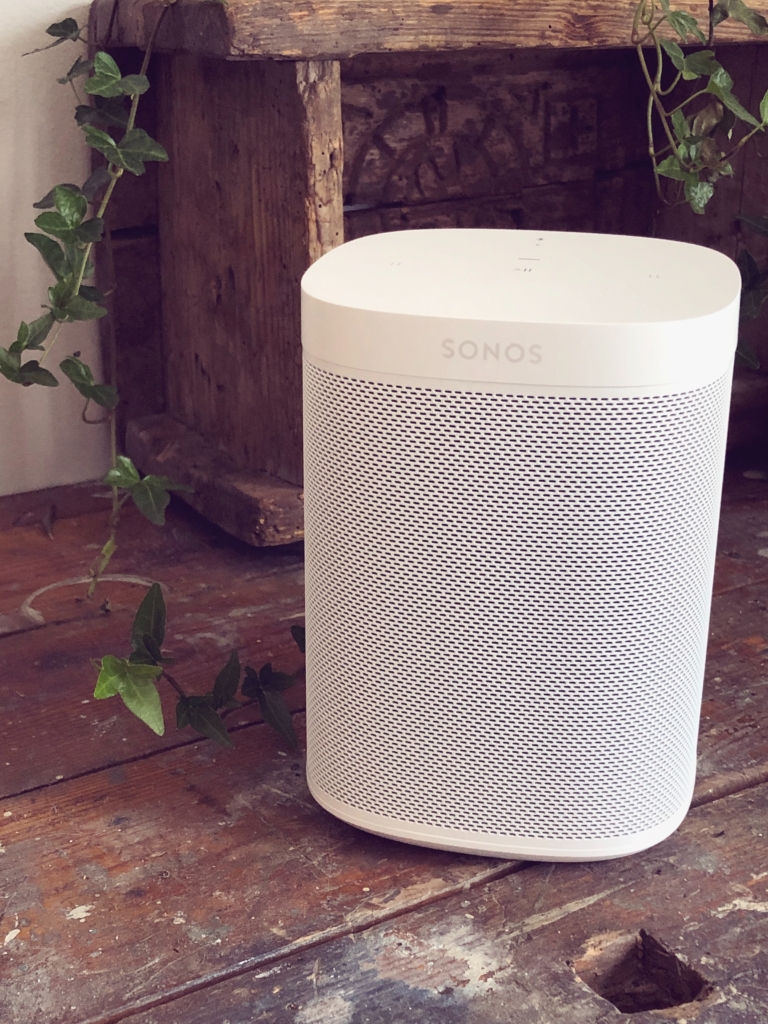 For this article, we’ll be using a working definition from the National Center for Healthy Housing. “A home designed, constructed, maintained and rehabilitated in a manner that is conducive to good occupant health 1” to describe a healthy home.
For this article, we’ll be using a working definition from the National Center for Healthy Housing. “A home designed, constructed, maintained and rehabilitated in a manner that is conducive to good occupant health 1” to describe a healthy home.
Opinions on what is “conducive to good occupant health” can range from having house plants to a place where you are loved. We don’t deny that having a place to feel welcome and at peace is important to your health, but we’ll be taking a look at the architectural components that make a house healthier. We’ve broken the list of issues affecting home health into two main categories: the visible and invisible.
Visible Health Issues:
Dampness: mold and pests
Especially in Iowa’s climate, basements or other areas of leakage are prone to grow molds. Some can be extremely dangerous. If you are looking to remodel your home to a healthier state, this is definitely an area to look at. Hiring a plumber to fix the leak or restructure the drainage in the basement is the first step. After that, making sure all the areas that had been effected are mitigated and sealed for the future.In new construction homes, making sure the flooring has a damp-proof membrane, using impermeable concrete and using the cavity wall construction method can all be preemptive strikes on dampness.
Note: You can never underestimate the power of a dehumidifier in both new construction or existing buildings.
 Cleanliness: spread of germs & disease
Cleanliness: spread of germs & disease
Right now, the name of the game in cleanliness is preventing the spread of germs and viruses (specifically Covid). Some really innovative builders are incorporating touch-less elevators, antimicrobial surfaces, and thinking about the best materials for construction for ease of cleaning. One simple option to consider, whether in new construction or renovation work, is stone or granite counter tops (and other non-porous surfaces). These surfaces don’t trap viruses or germs unlike their porous counterparts. Choosing copper (or copper alloys like brass or bronze) also proves to be a good choice with their inherent antimicrobial properties.
Pests: mites, roaches, rodents, termites…
Both new construction and existing buildings are going to have some amount of pests. These pests can range from annoying to severely damaging to home and health. The common misconception is that you don’t need to take pest control measures because your home is new. “The reality is that new buildings often have a number of pests in and around them 2.” Whether you choose to hire a service or do it yourself, there are a few simple steps you can take to eradicate and prevent pests 3.
- Reinforce treatment around doors and windows
- Protect the perimeter of the home
- Remove cobwebs and wasp nests
Invisible Health Issues:
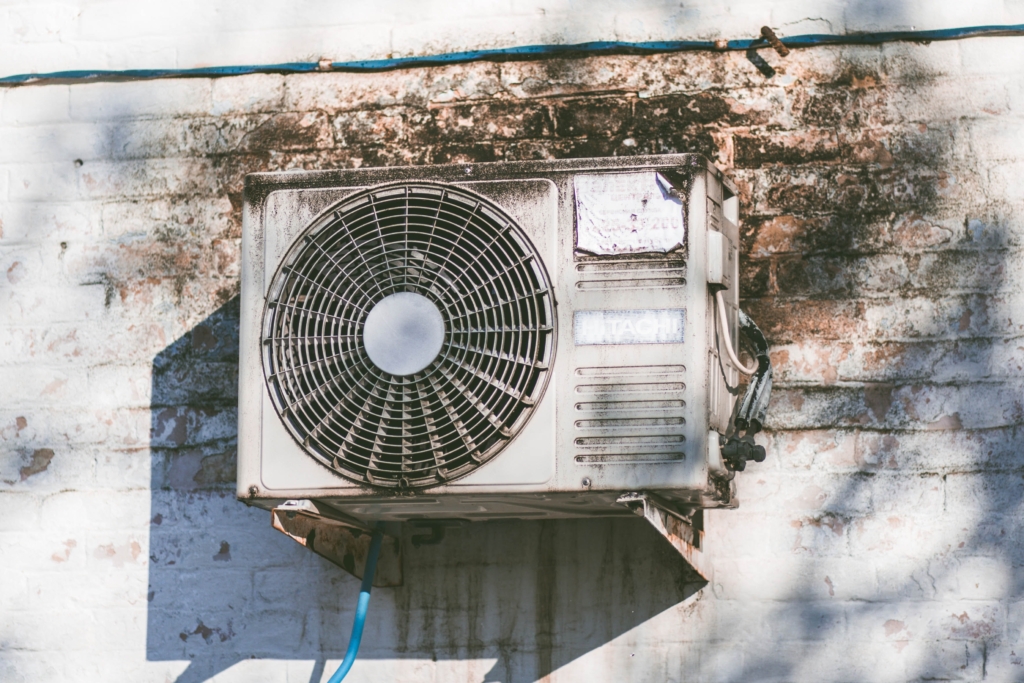 HVAC: air quality
HVAC: air quality
There are some potential dangers that lurk in your ducting, primarily mold. If gone unchecked, it can get out of control and cause health problems. If you are building a home, consider installing pleated filters instead of the traditional fiberglass. Electronic or electrostatic filters do work well, but only until they become dirty. If you are in an existing building and wondering what to do, you should hire a professional to come and clean your ducting.
If you have flex-duct or lined ducting, you should have them replaced. “Avoid ‘blow and go’ guys who charger lower prices and do a substandard job of cleaning the system. Maybe only cleaning the duct-work and not the rest of the system 4 .” By creating a home with great air quality, you can essentially cut off a large list of air pollutants, and protect yourself from respiratory and cardiovascular symptoms. Some of these include: bacteria, viruses, measles, chickenpox, influenza, animal dander and pollen 5.
Note: Radiant heat, baseboards and in floor/wall systems are the least likely to create an environment for mold to grow 6.
There are some up and coming technologies being implemented in new construction homes that look promising. From solar power to responding window panes. If you are looking to build, make sure to check in on these improvements and ask your builder what’s available for your new home 7.
Contaminants: lead, radon, carbon monoxide…
The list of contaminants listed by the CDC are potential killers 7. Each has it’s own detection and mitigation procedures. Just because you’re in a new construction home, doesn’t mean some of these won’t be a problem for you. The easiest way to identify a problem with carbon monoxide, radon is to install detectors. One exciting advancement in these detectors- some are able to be connected to fire alarms and other smart home technology 9.
The upside to a newly constructed home (or any home built before 1978) is that it won’t have lead paint, due to it being banned that year. If you live in an older home, you can hire a professional to come and test your paint. These contractors are trained to remove lead paint without contaminating the ground around your home. Normally, we would offer a way for you to test and remove the paint yourself, but in this case, we strongly believe it’s a task best left to the trained professionals.
First Impressions and Final Thoughts:
Where does your home land on the “healthy scale?” Most homes need some improvement, but we’re in a time of growth for technologies relating to architecture, energy savings, and health. We see this as less of a passing trend and more of a permanent shift in thinking. Connecting our technology to our health will be ongoing, especially in the years following Covid-19 (and any other pandemics that may follow). People’s time indoors probably won’t be decreasing any time soon, while health concerns are on the rise. Why not bridge the gap between the two. We’ll be following this progress with expectation and optimism.

